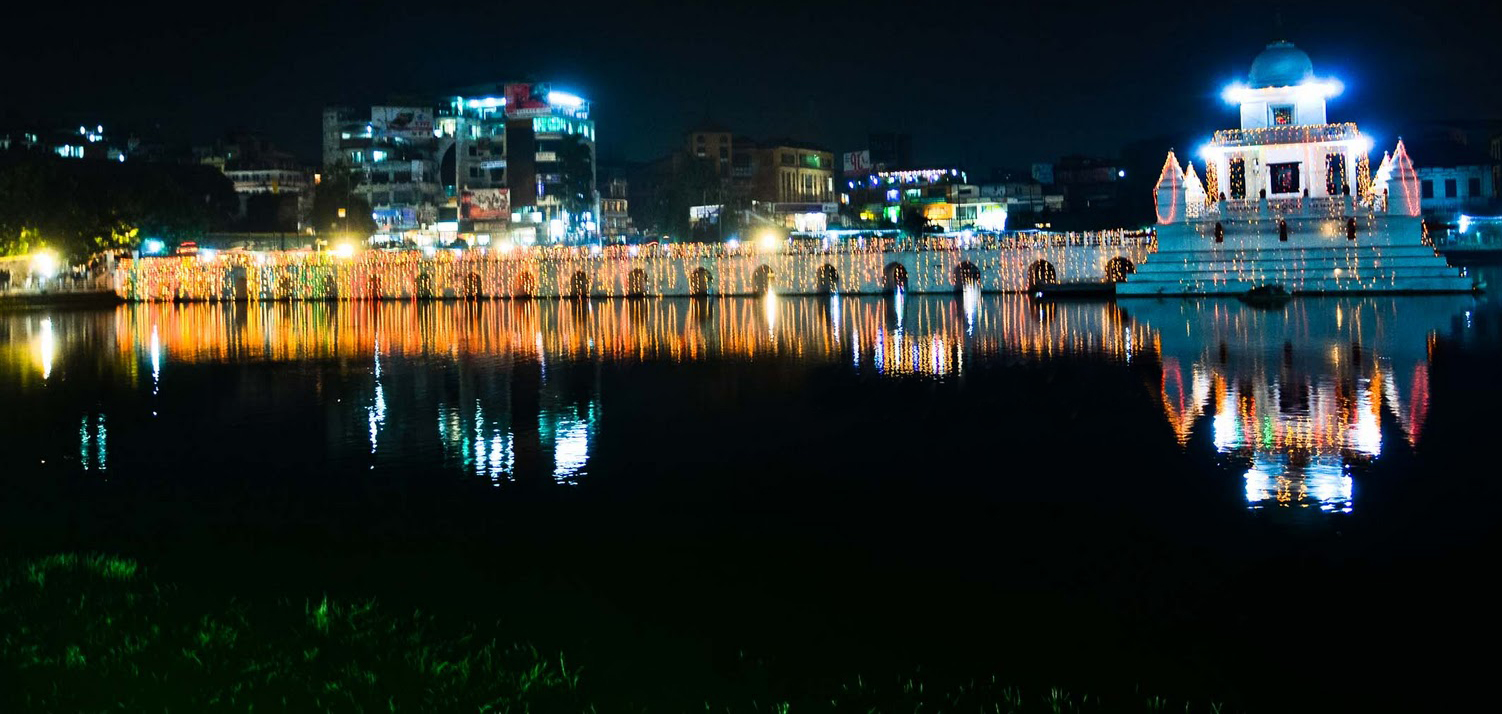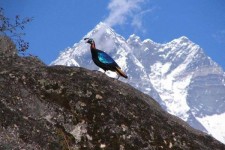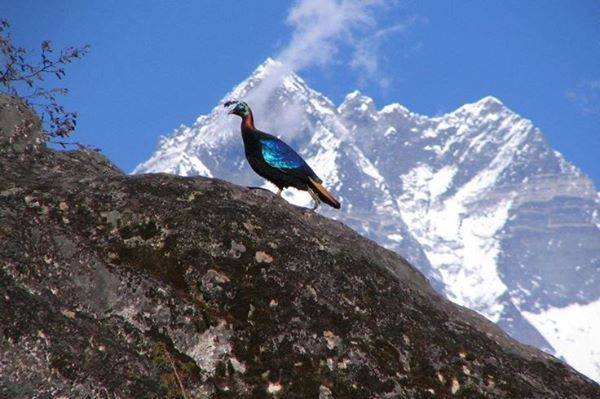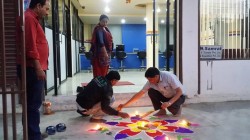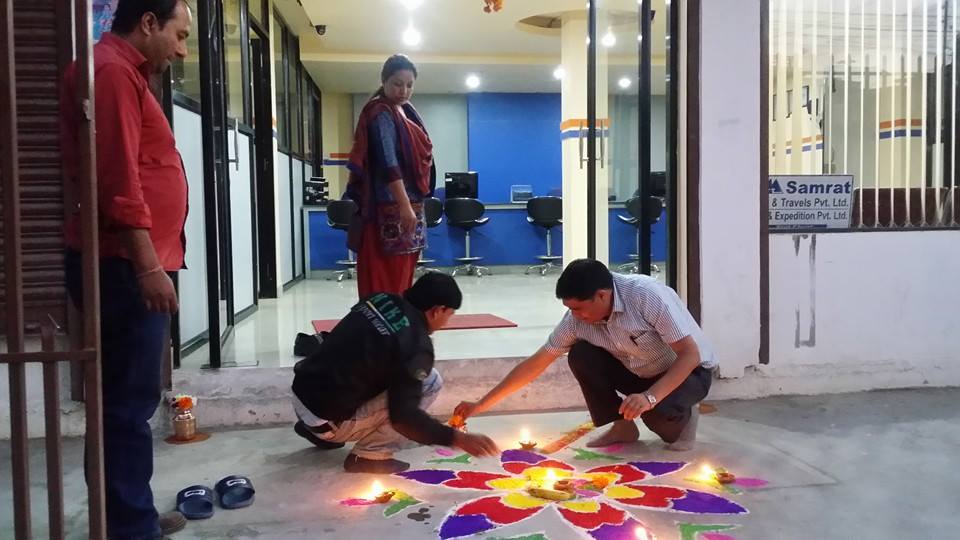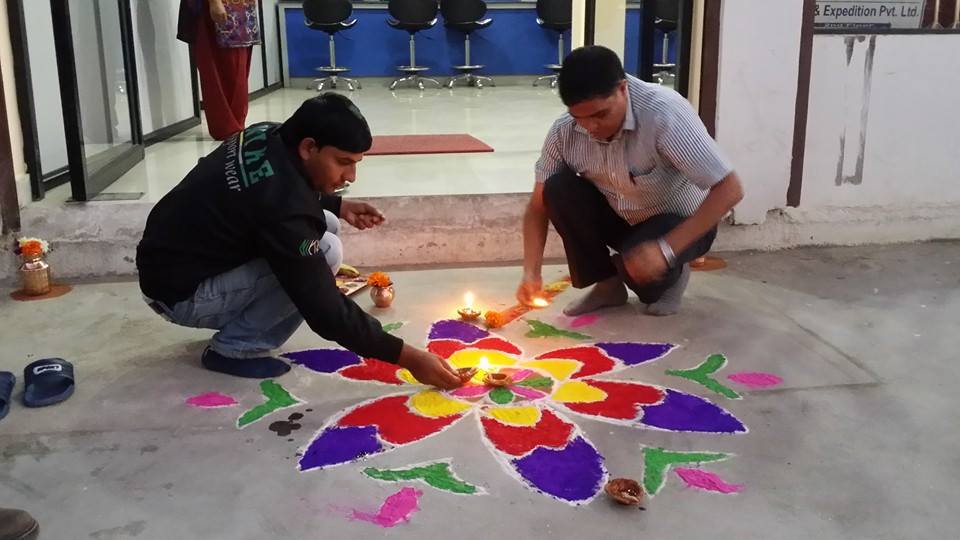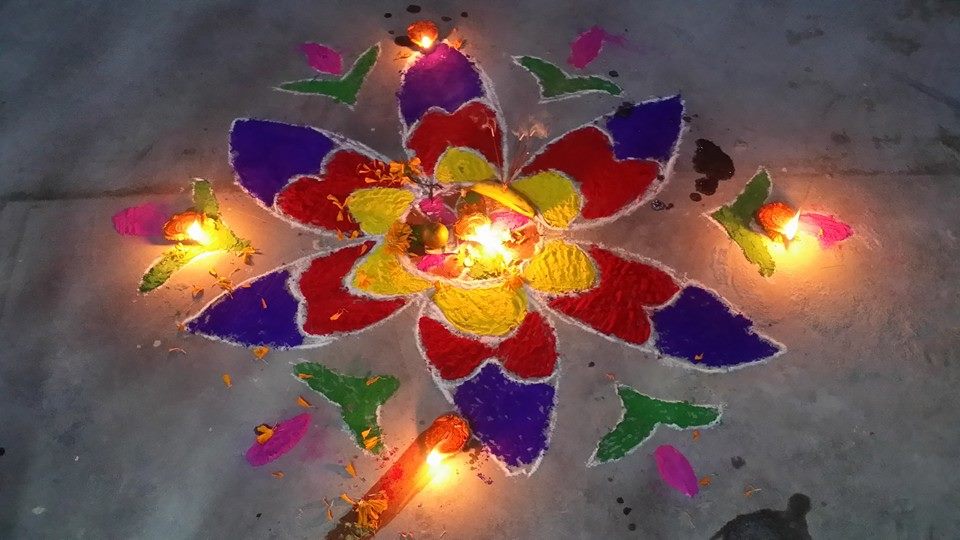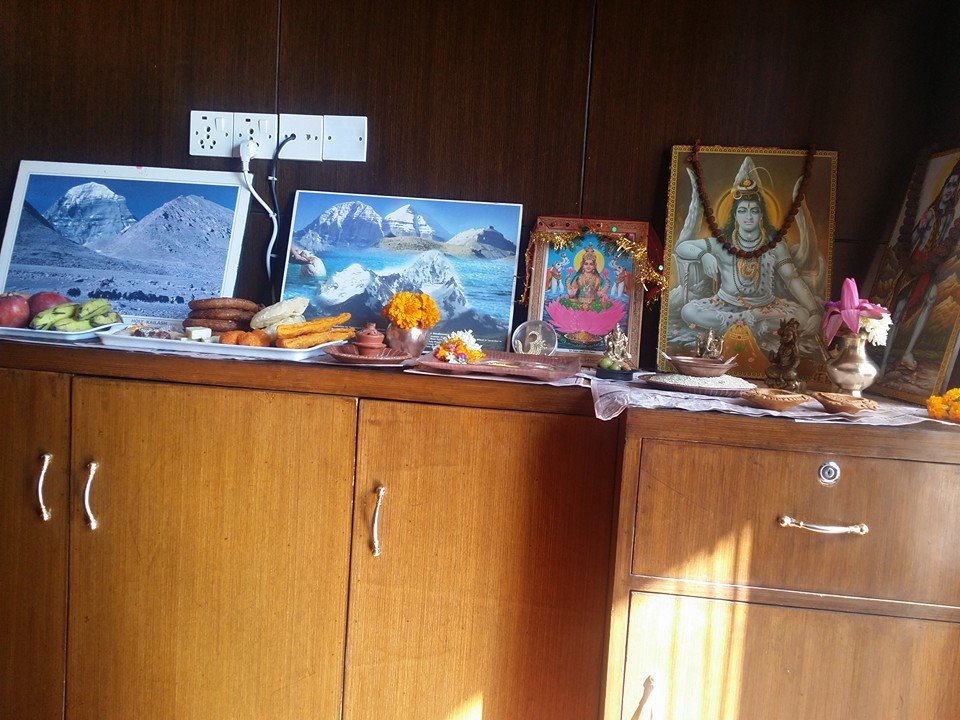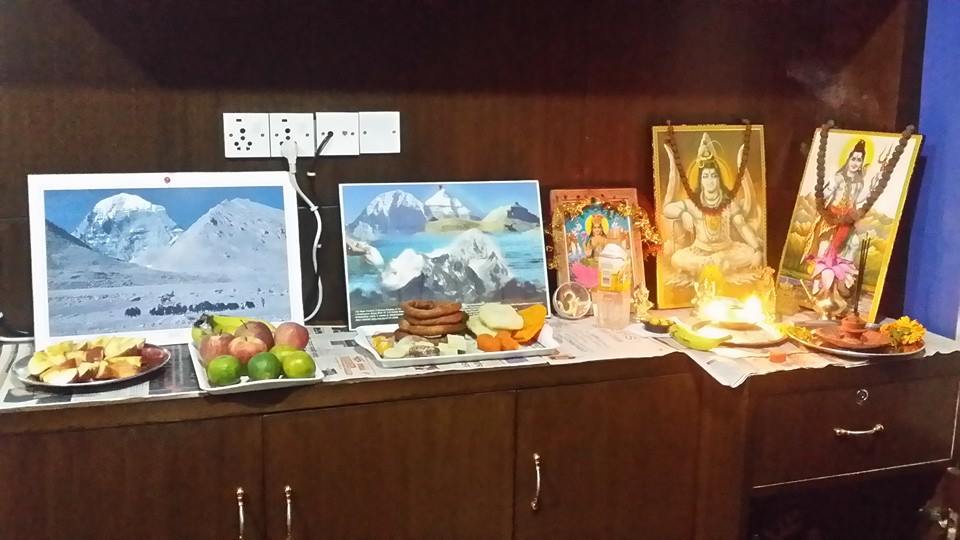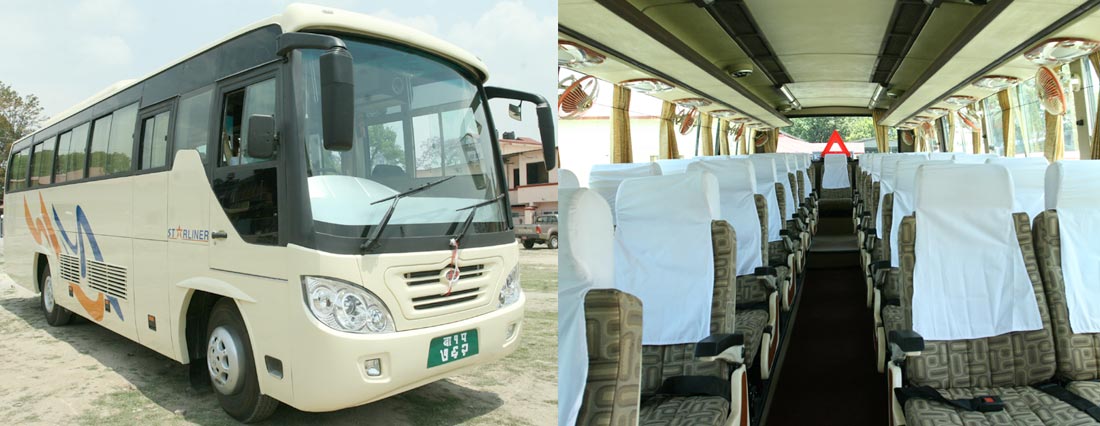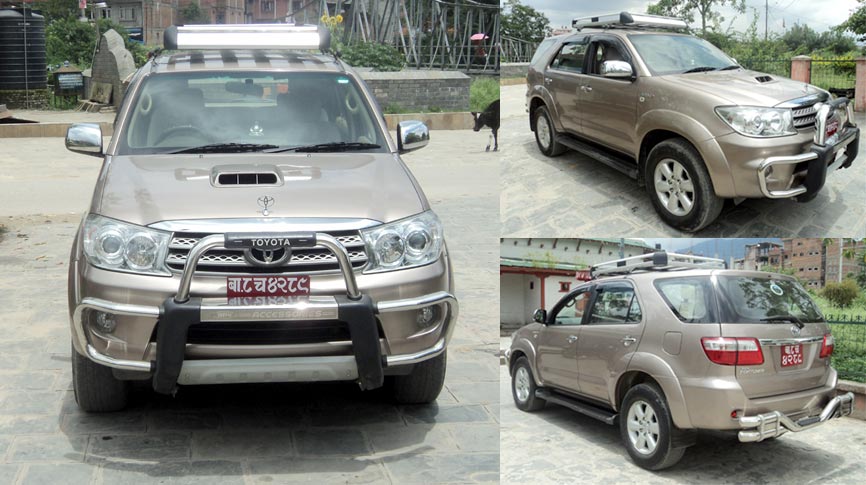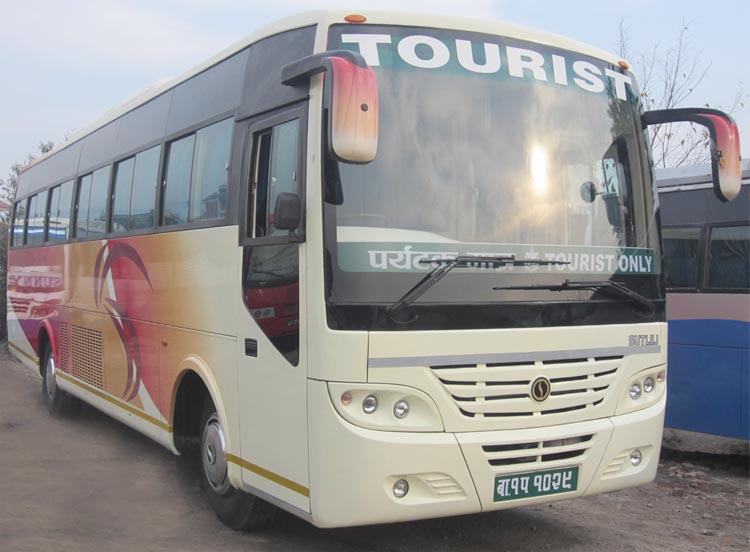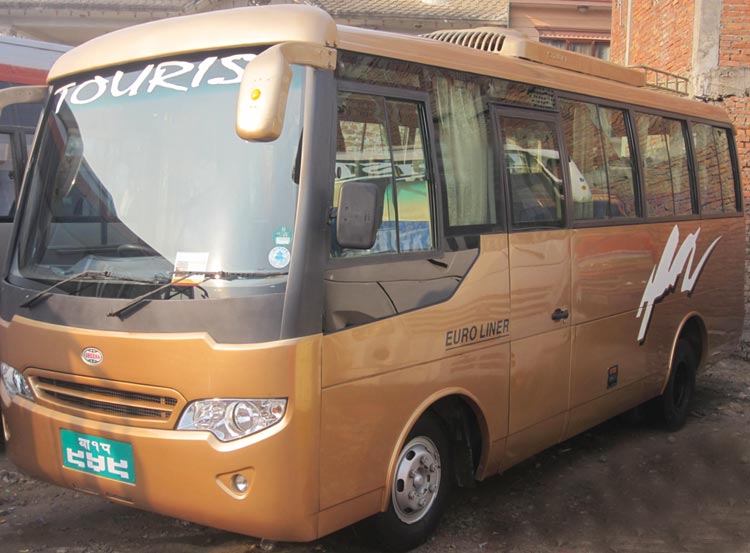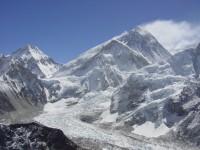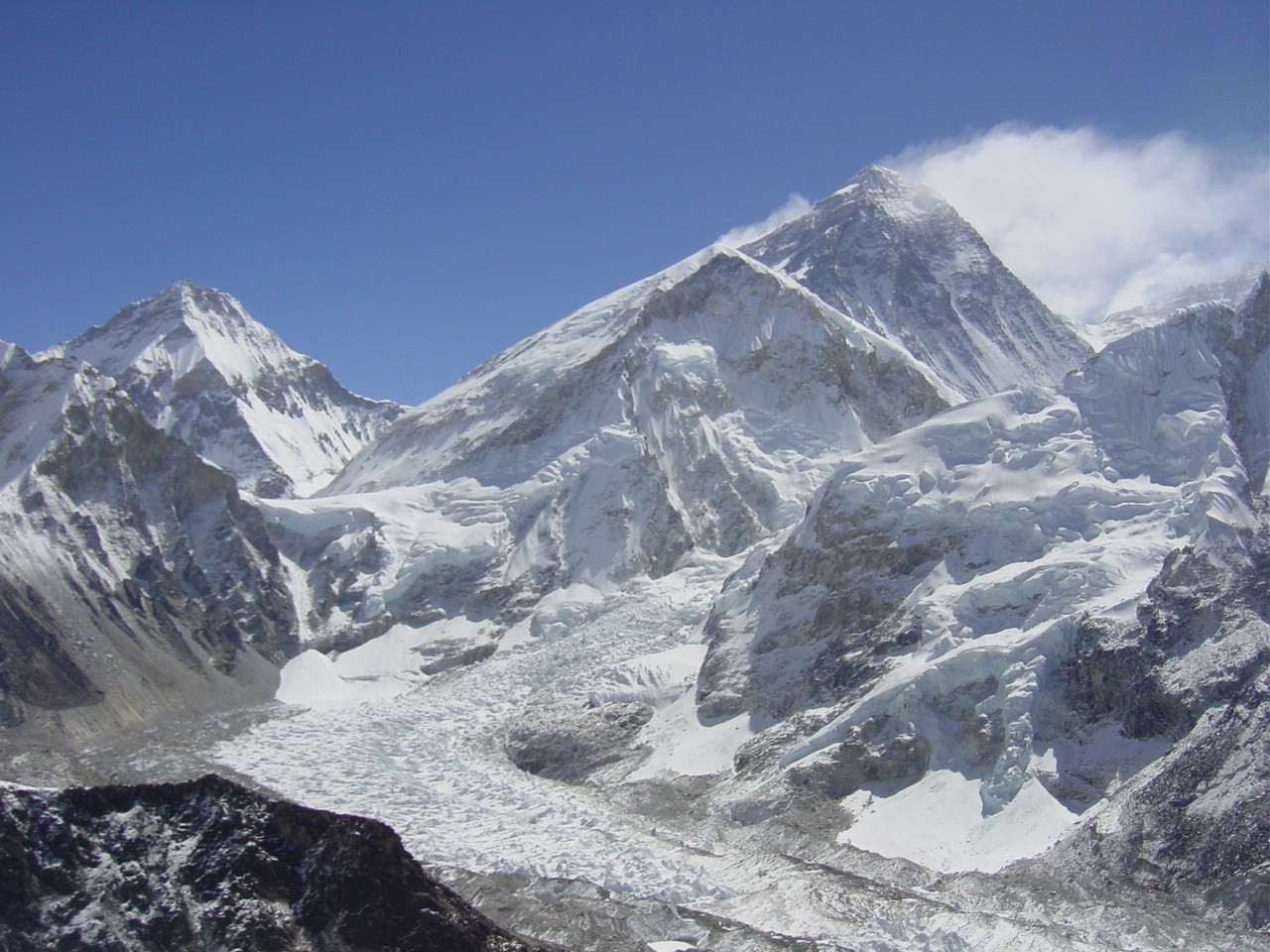
Chhath is an ancient Hindu festival and only Vedic Festival dedicated to the Hindu Sun God, Surya, also known as Surya Shashti. The Chhath Puja is performed in order to thank Surya for sustaining life on earth and to request the granting of certain wishes. The Sun, considered the god of energy and of the life-force, is worshiped during the Chhath fesival to promote well-being, prosperity and progress. In Hinduism, Sun worship is believed to help cure a variety of diseases, including leprosy, and helps ensure the longevity and prosperity of family members, friends, and elders. The rituals of the festival are rigorous and are observed over a period of four days. They include holy bathing, fasting and abstaining from drinking water, standing in water for long periods of time, and offering prashad (prayer offerings) and aragh to the setting and rising sun.
According to Yoga philosophy, the process of Chhath is divided into six stages of the Conscious Cosmic Solar Energy Infusion Technique (Conscious Photoenergization Process).
Stage 1: Fasting and the discipline of cleanliness leads to detoxification of the body and mind. This stage prepares the body and mind of the Vratti (devotee) to receive the cosmic solar energy.
Stage 2: Standing in a water body with half the body (navel deep) in the water minimizes the leak of energy and helps the prana (psychic energy) to move up the sushumna (psychic channel in the spine).
Stage 3: Cosmic Solar Energy enters the Vratti’s pineal, pituitary and hypothalamus glands (Triveni complex) through the retina and optic nerves.
Stage 4: Activation of Triveni tri-glandular complex (pineal, pituitary and hypothalamus).
Stage 5: A kind of polarization happens in the spine, which results in the Vratti’s (devotee) gross and subtle bodies getting transformed into a cosmic powerhouse. This can also lead to the awakening of the latent psychic energy popularly known as the Kundalini Shakti.
Stage 6: The body of the Vratti (devotee) becomes a channel which conducts, recycles and transmits the energy into the entire universe.
Source: WIKIPEDIA





